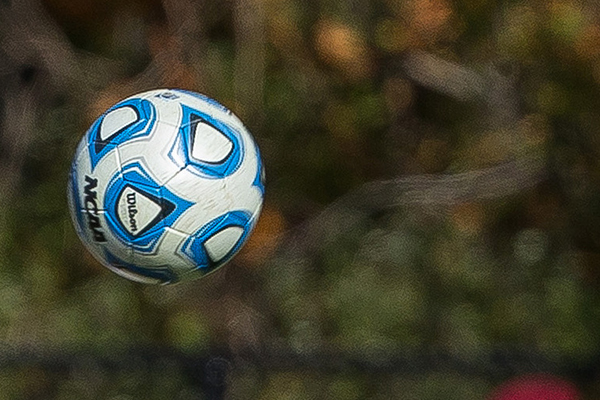
Heading off concussion
Research aimed at effects of subconcussive impacts to the head in youth soccer
1:42 p.m., March 19, 2015--Purposeful heading of the ball is an integral part of the game of the soccer but some are questioning whether it is safe for players, especially children and teenagers, to undergo the repeated subconcussive impacts inflicted by ball heading.
At the University of Delaware, Tom Kaminski has been investigating the effects of ball heading in female high school and collegiate players for the past decade, and now he is launching a study that will include youth soccer athletes as well. The work will be supported by the Brain Injury Association of Delaware through a Pediatric Track Concussion Advocacy Grant.
Research Stories
Chronic wounds
Prof. Heck's legacy
The grants, which are financed with the proceeds of a 5K race called BrainStrong, are used to educate the public about concussion and to create a safer playing environment for young athletes.
“With more data coming in about the effects of subconcussive impacts to the head, we’re especially concerned about youth athletes whose brains are still undergoing physiological as well as cognitive development,” says Kaminski, professor in the Department of Kinesiology and Applied Physiology.
Subconcussive hits don’t cause a concussion, but the cumulative effect of repetitive hits of this type is of increasing concern.
The UD study will consist of both laboratory and field components. The researchers will monitor real-time impact data from sensors attached to thin headbands worn by players while they execute purposeful heading techniques.
In the laboratory, male and female youth, high school and collegiate athletes ages 12 to 24 will be asked to perform soccer headers in a manner similar to practice and game activity. Balls will be projected in a controlled manner from a JUGS Soccer Machine at a speed similar to that for youth soccer games. On-field impact monitoring will occur during sanctioned practices and games.
“It’s especially important to determine what factors influence head acceleration during purposeful soccer heading,” says Jaclyn Caccese, a doctoral student in UD’s Biomechanics and Movement Science program.
“There is growing concern as to what age athletes should be allowed to start heading the soccer ball, but age is probably not nearly as important as head mass, neck strength and technique,” she said. “With this study, we hope to begin to answer some of these questions.”
Article by Diane Kukich








